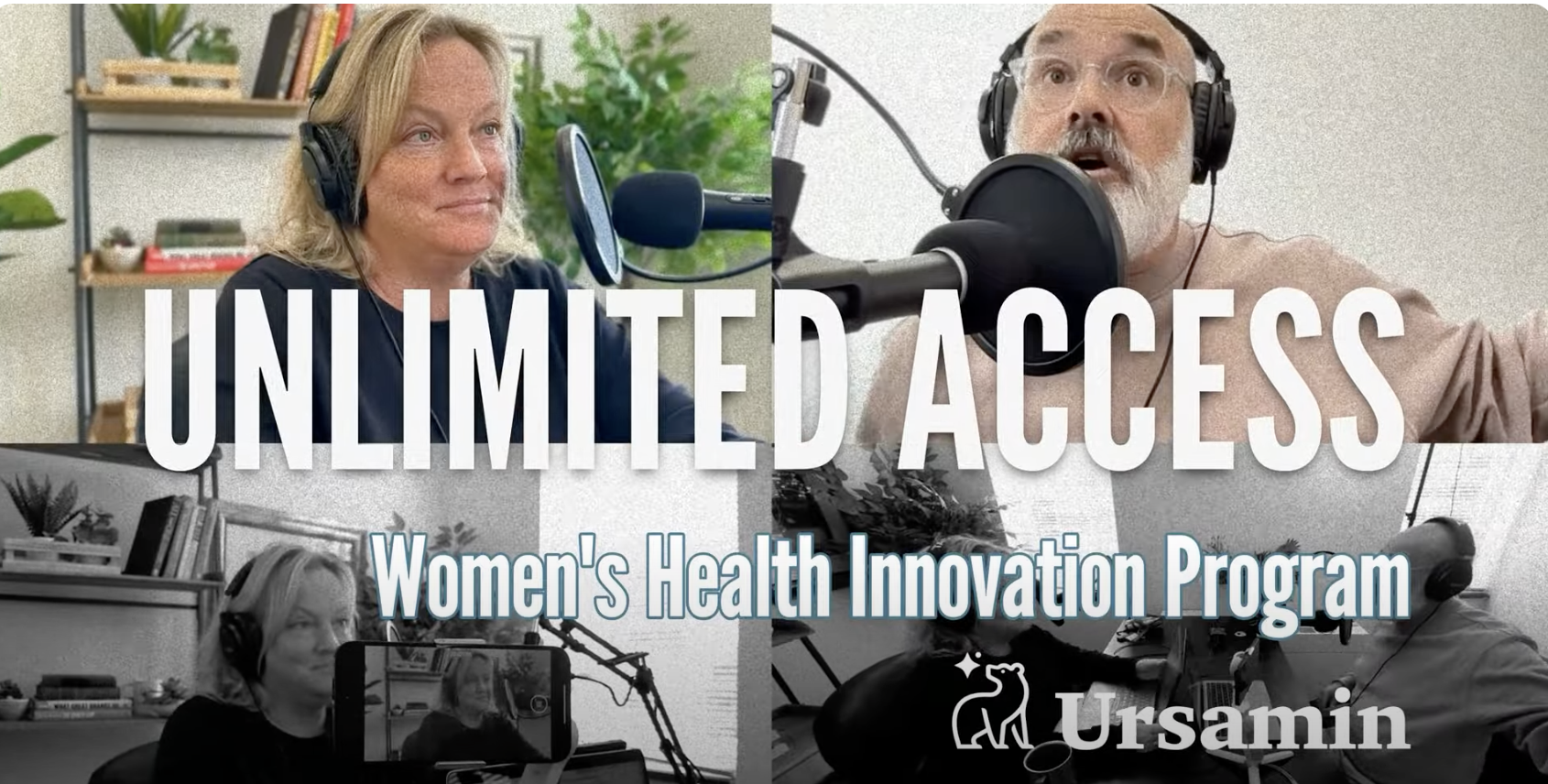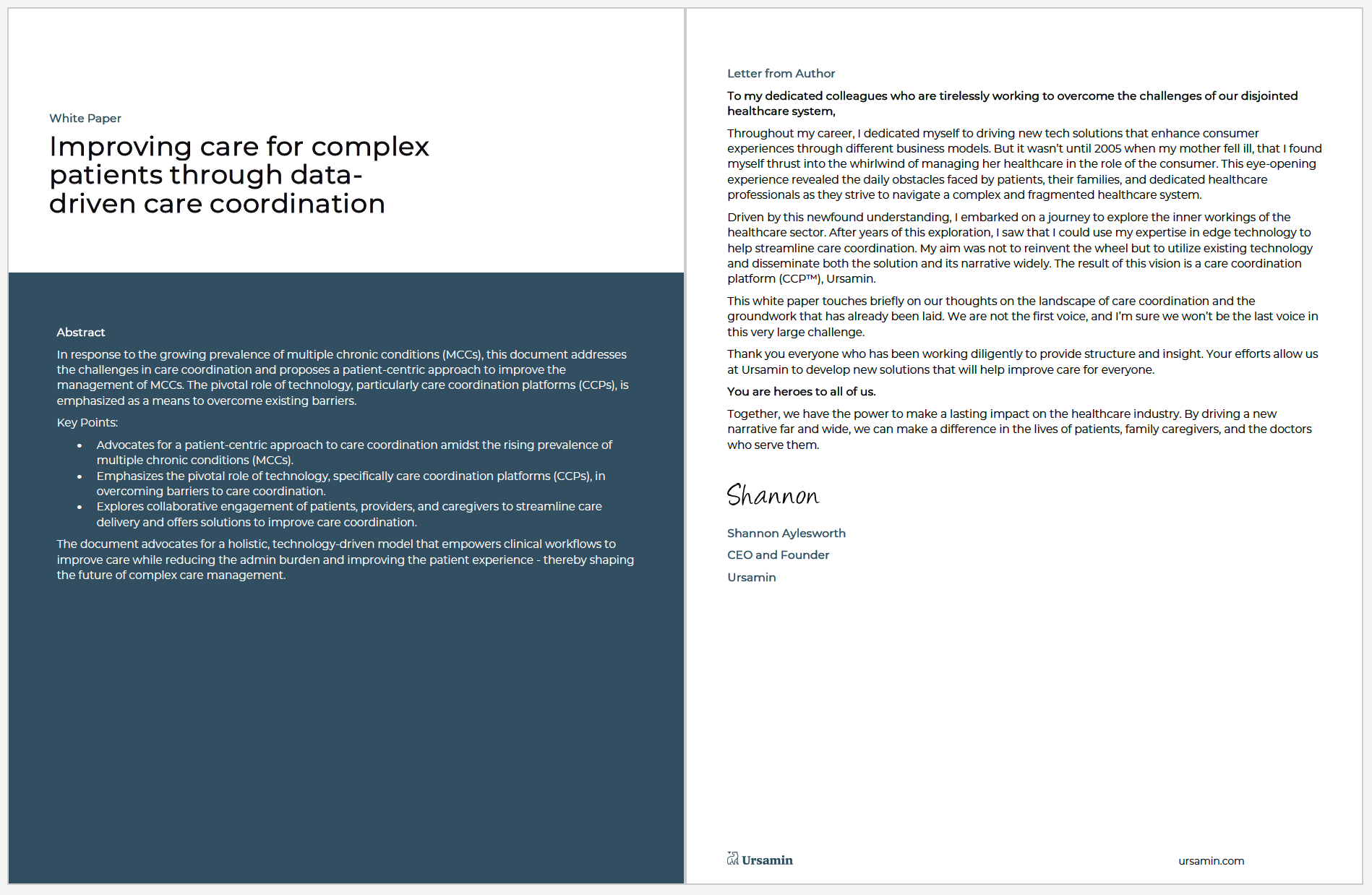Ensuring seamless healthcare delivery demands efficient and optimized clinical workflows in an increasingly digital world. As such, we’ve spent much time making providers’ lives easier and bridging the gap between patients and providers at Ursamin, our health tech initiative.
We need to prioritize the type of information physicians receive to optimize these clinical workflows. To illustrate this point, consider a trip to the emergency room after getting hit in the eye with a golf ball. While it might be an entertaining story, it’s not the first thing an ER doctor needs to know.
So, what are those critical pieces of information? It comes down to code status, medications, and allergies. A doctor in an emergency setting needs this information to take quick action, prioritize care, and avoid contradictions or adverse reactions.
While we’ve used the example of an ER doctor, these principles apply to all physicians. Each specialty has unique requirements, just as a nephrologist needs to know certain aspects of your kidney function.
We recently spoke to an ER doctor who advised us on structuring our app to streamline this process. Their advice? Every doctor needs a concise clinical note right off the bat—something that immediately communicates the patient’s status, current medications, and known allergies. This enables the physician to take quick, decisive action.
A critical element of improving these clinical workflows is figuring out how to deliver the most relevant information first. Providing a doctor with too much or irrelevant information can hinder the diagnostic process. On the other hand, delivering crucial information efficiently can significantly enhance patient care.
This idea takes us back to optimizing clinical workflows and what it means in layperson’s terms. In essence, it’s about ensuring that physicians have access to the most pertinent information when they need it most, enabling them to make better decisions for their patients.
Interestingly, this is not only about creating efficiencies for healthcare providers but also about enhancing patient experiences. Often, patients want to develop a rapport with their doctors. They want to tell their stories and feel that they’re being heard.
Consider this in the context of a doctor’s office. The faster a doctor can get the critical information they need, the more time they have for personal interactions—often called the “bedside manner.” This can have a significant impact on a patient’s overall experience and their perception of care.
Our Ursamin app is designed with this concept in mind, enabling the user to provide vital information quickly and efficiently. We envision a scenario where a patient can hand their phone to a doctor, and the physician can access a concise summary of the most relevant health data.
We’re constantly seeking to refine and improve this process, using feedback from healthcare professionals to make our app as intuitive as possible. Just as a blog post might have a title, a brief summary, and a more in-depth exploration of the topic, our app aims to present patient information in a tiered, easy-to-digest format. This approach ensures that doctors can quickly grasp the essentials of a patient’s condition while having the option to delve deeper if necessary.
Optimizing clinical workflows ensures the right information is in the right hands at the right time. In doing so, we can help healthcare providers deliver the best possible patient care, and that’s what we’re striving for at Ursamin.





